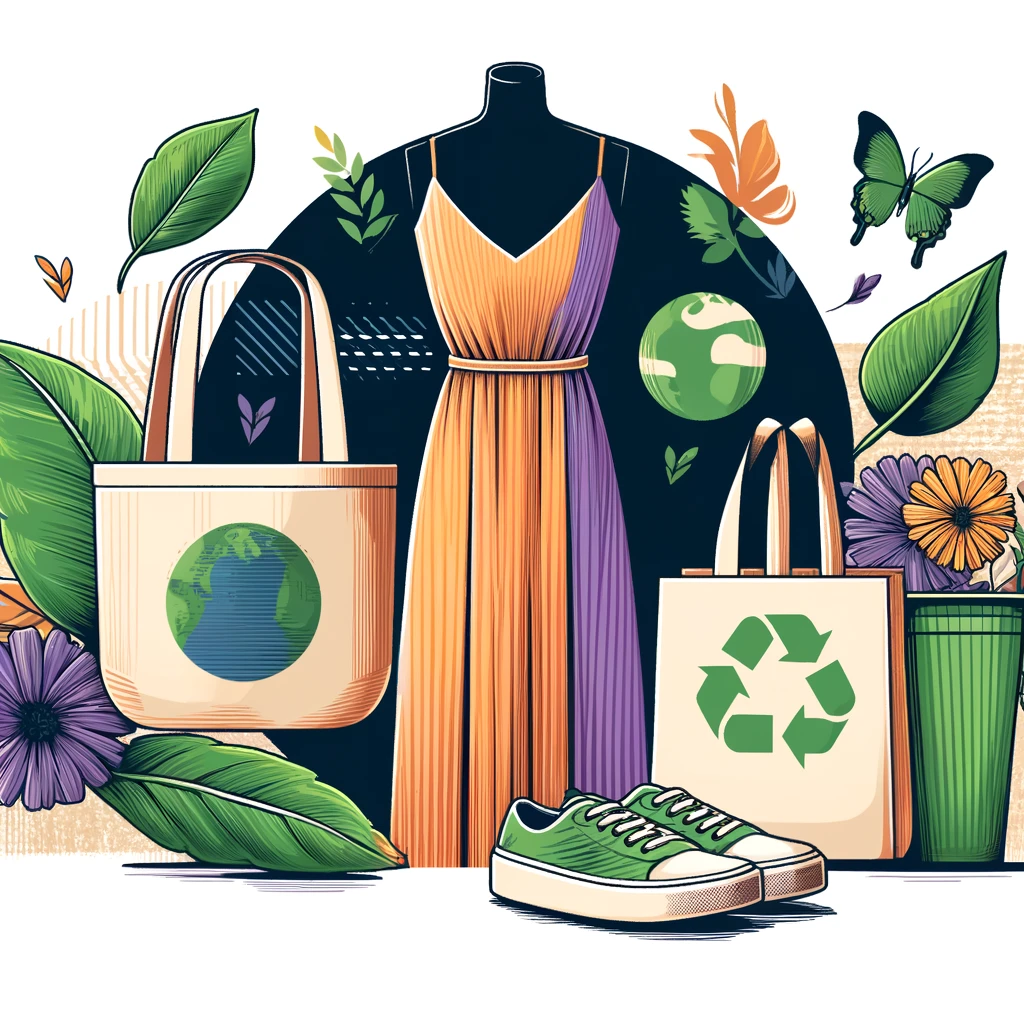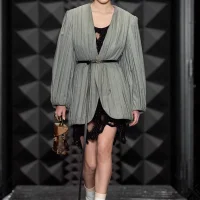
Sustainable Fashion: A Path Towards a Greener Future
Introduction
Sustainable fashion is a movement and process of fostering change to fashion products and the fashion system towards greater ecological integrity and social justice. It’s a response to the global environmental crisis and the harmful effects of the fast fashion industry. This article explores the principles, benefits, and challenges of sustainable fashion, and how consumers and industries can contribute to a more sustainable future.
Principles of Sustainable Fashion
Sustainable fashion encompasses several principles aimed at reducing the environmental and social impacts of the fashion industry. These include:
- Ethical Production: Ensuring fair wages and safe working conditions for all workers involved in the fashion supply chain.
- Eco-friendly Materials: Using materials that have a lower environmental impact, such as organic cotton, hemp, and recycled fabrics.
- Reduce, Reuse, Recycle: Minimizing waste through recycling old garments, upcycling materials, and encouraging second-hand fashion.
- Slow Fashion: Promoting the purchase of high-quality, timeless pieces that last longer and reduce the need for constant replacement.
- Transparency: Companies being open about their production processes and supply chains, allowing consumers to make informed choices.
Benefits of Sustainable Fashion
The shift towards sustainable fashion offers numerous benefits for the environment, society, and consumers.
- Environmental Impact: Sustainable fashion significantly reduces pollution and waste. The use of organic materials and eco-friendly dyes helps to decrease water and soil contamination.
- Social Impact: Ethical production practices ensure that workers are paid fairly and work in safe conditions, improving the quality of life for millions of people globally.
- Economic Benefits: Sustainable fashion encourages local production and supports small businesses, contributing to local economies.
- Consumer Health: Eco-friendly materials are often free from harmful chemicals, making them safer for consumers to wear.
- Long-term Savings: Although sustainable fashion items may be more expensive initially, their durability and timeless style often result in long-term savings for consumers.
Challenges of Sustainable Fashion
Despite its many benefits, the sustainable fashion industry faces several challenges.
- Cost: Sustainable materials and ethical production methods often come at a higher cost, making sustainable fashion less accessible to some consumers.
- Consumer Awareness: There is still a lack of awareness among consumers about the impact of their fashion choices and the benefits of sustainable fashion.
- Greenwashing: Some brands engage in greenwashing, where they falsely claim to be sustainable to attract eco-conscious consumers without making significant changes to their practices.
- Supply Chain Issues: Ensuring transparency and sustainability throughout the entire supply chain can be complex and challenging.
- Scalability: Scaling sustainable practices to meet global demand while maintaining eco-friendly and ethical standards is a significant challenge.
How to Support Sustainable Fashion
Consumers and industries alike can take steps to support and promote sustainable fashion.
- Educate Yourself: Learn about the brands you buy from and their sustainability practices. Look for certifications and transparent reporting.
- Buy Less, Choose Well: Invest in high-quality, timeless pieces that will last longer and reduce the need for frequent purchases.
- Support Ethical Brands: Choose to buy from brands that prioritize sustainability and ethical production practices.
- Second-hand Shopping: Embrace second-hand shopping and clothing swaps to reduce waste and give garments a second life.
- Advocate for Change: Support policies and initiatives that promote sustainable practices within the fashion industry.
Conclusion
Sustainable fashion is not just a trend but a necessary shift towards a more ethical and environmentally friendly fashion industry. By understanding its principles, benefits, and challenges, and by making conscious choices, we can all contribute to a more sustainable future. The journey towards sustainable fashion requires the collective effort of consumers, brands, and policymakers, but the rewards—a healthier planet and a fairer society—are well worth it.
Comment
Popular Posts
- 1
- 21 year ago
- 31 year ago
- 41 year ago
- 51 year ago
Latest Posts
- 1
- 2
- 3
- 4
- 5
Categories
- Fashion5 Post
- Fit Kitchen6 Post
- Hair Art3 Post
- Beauty Tips5 Post
- Book Club5 Post
- DIY Projects4 Post
- Family Time3 Post
- Festival Calendar3 Post
- Fun Meals for Kids5 Post
- Garden Care2 Post
- Health Guide4 Post
- Journey Diary3 Post
- Kids World2 Post
- Luxury Living2 Post
- Me Time2 Post
- Meditation Corner3 Post
- Natural Remedies2 Post
- Party Planning2 Post
- Sports Hour2 Post
- Style Secrets2 Post
- Sustainable Fashion2 Post
- Vegan Selections4 Post
- Watch Films3 Post
Would you like to receive priority news from the content we shared recently?
As an e-mail subscriber, you can get the latest articles to your e-mail address.















There are no comments yet.